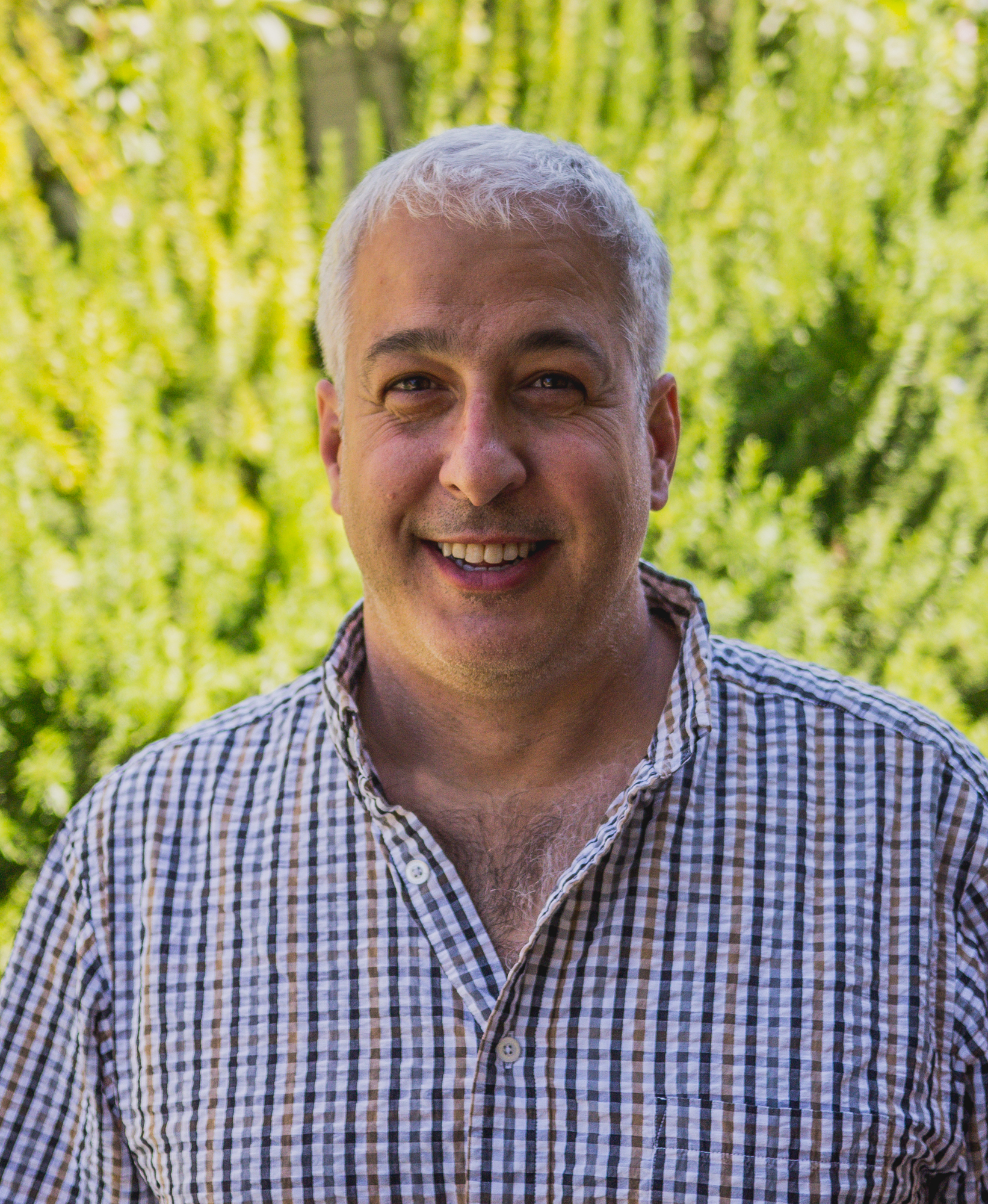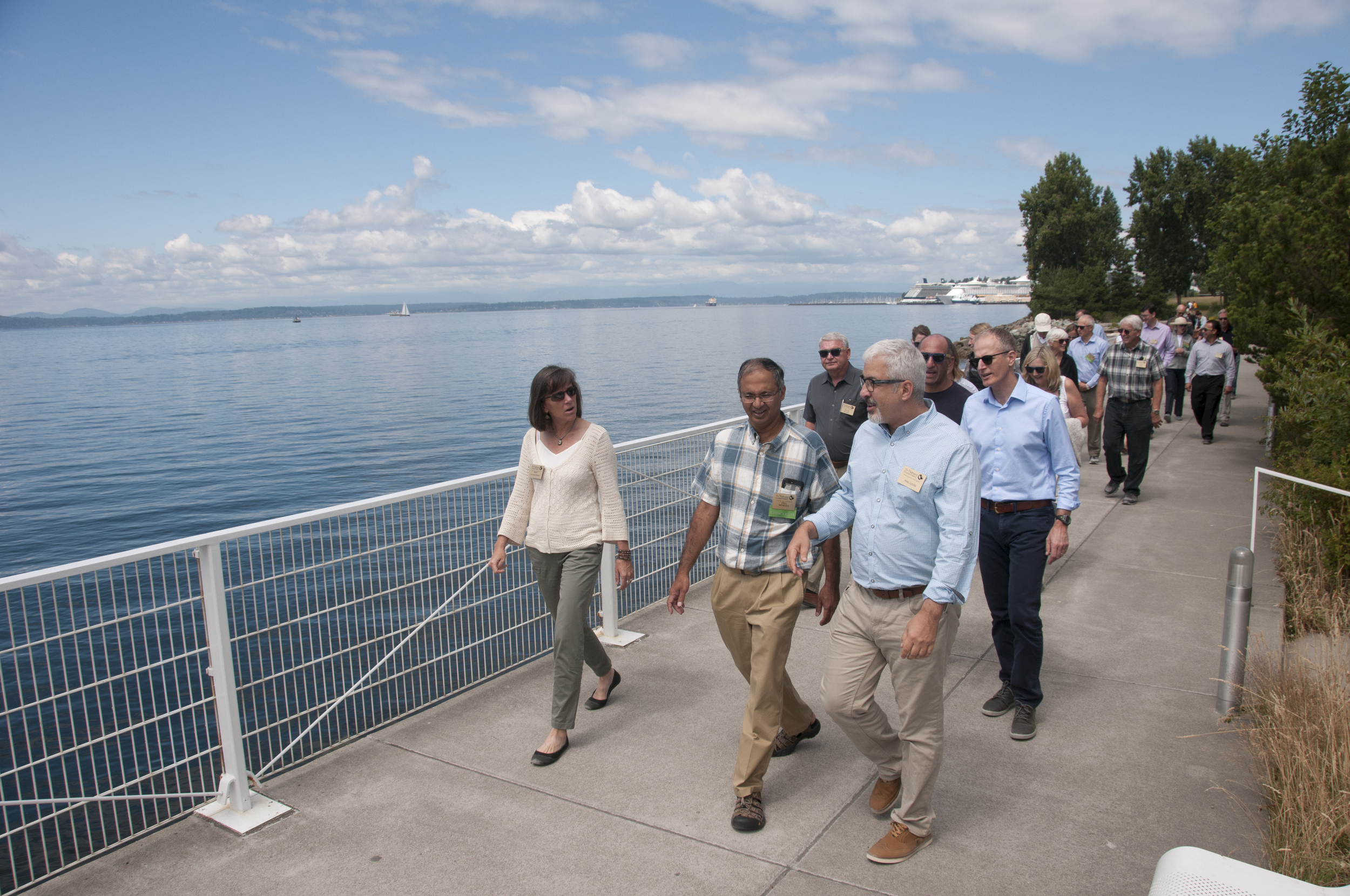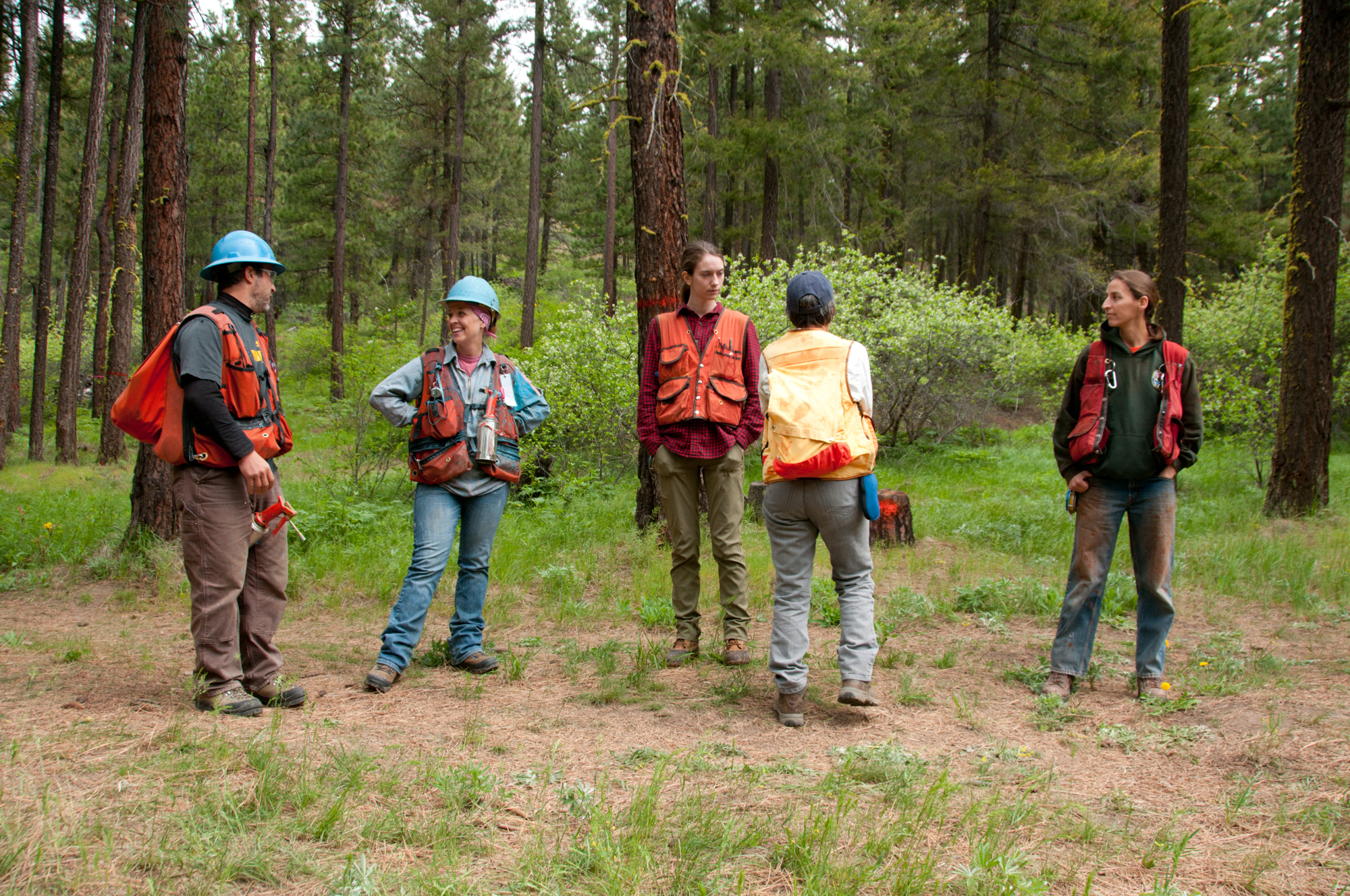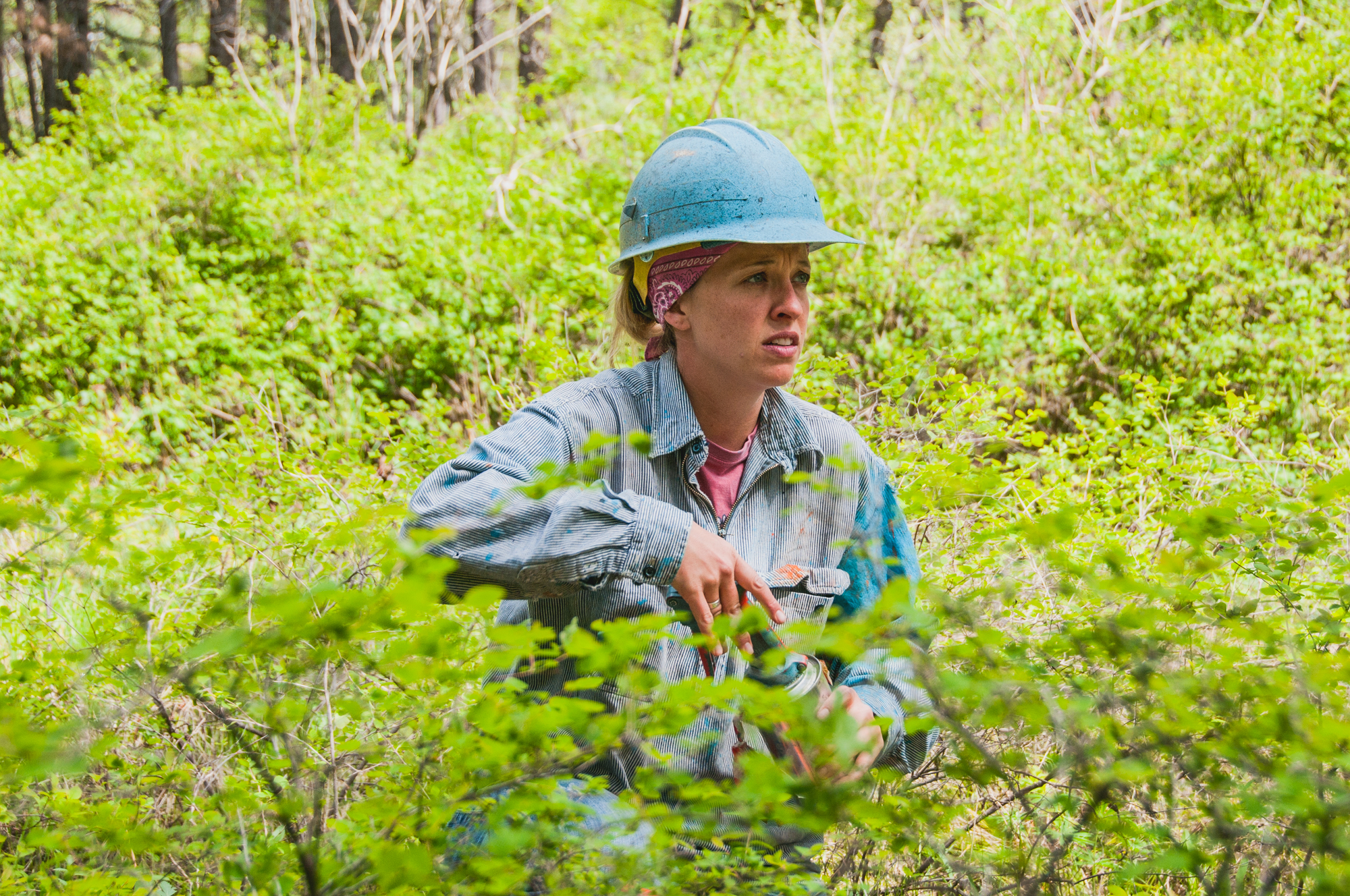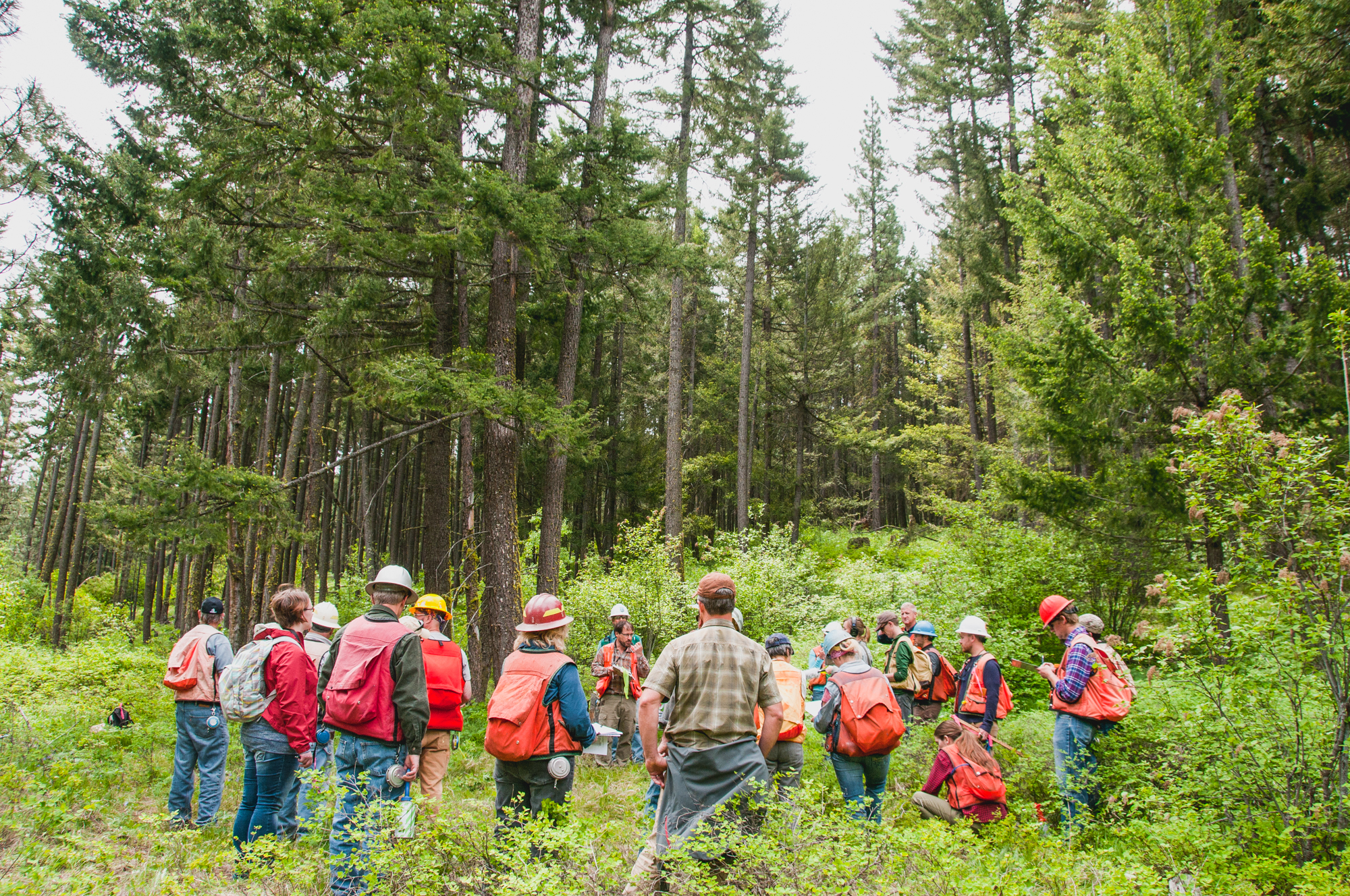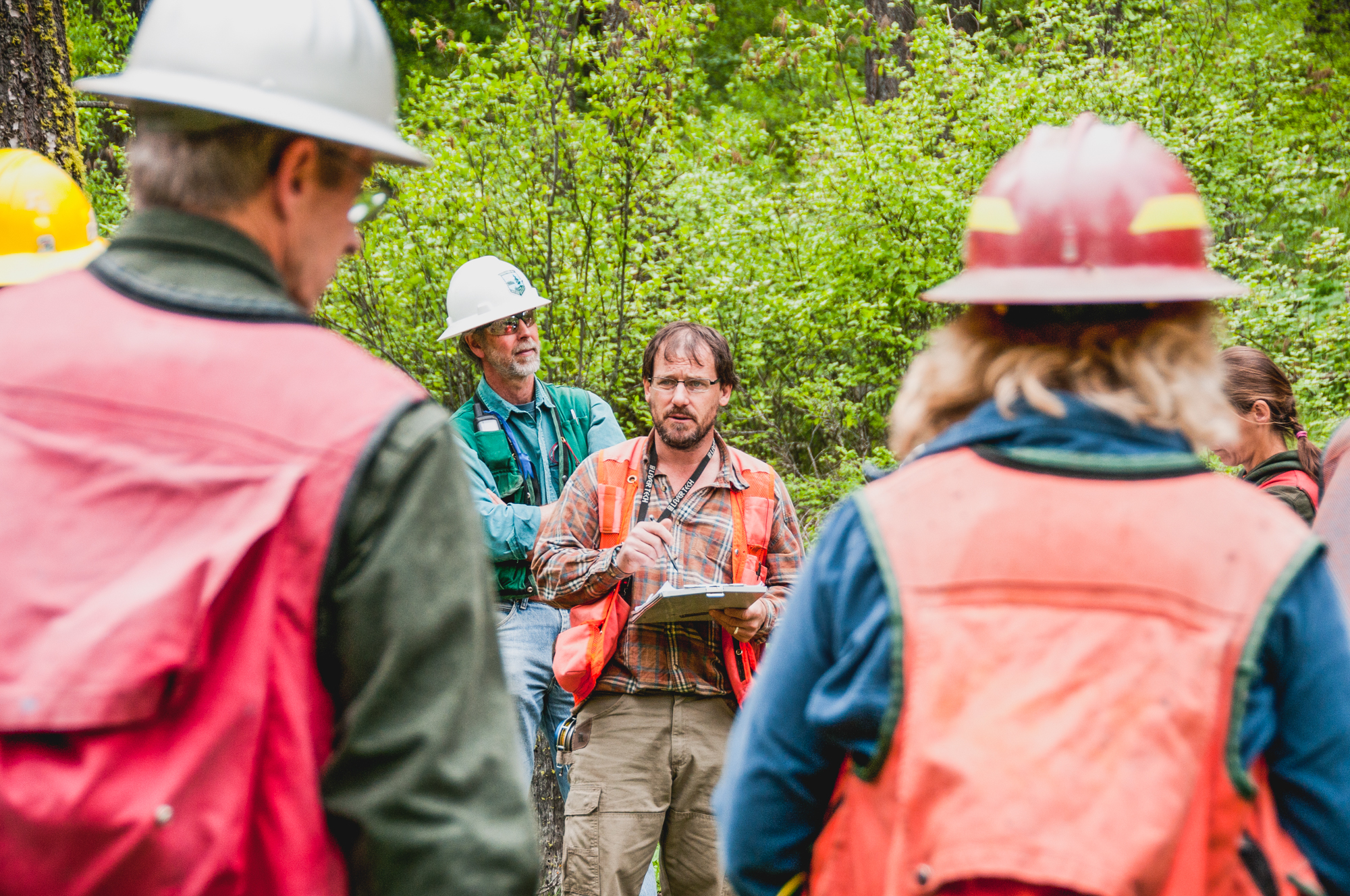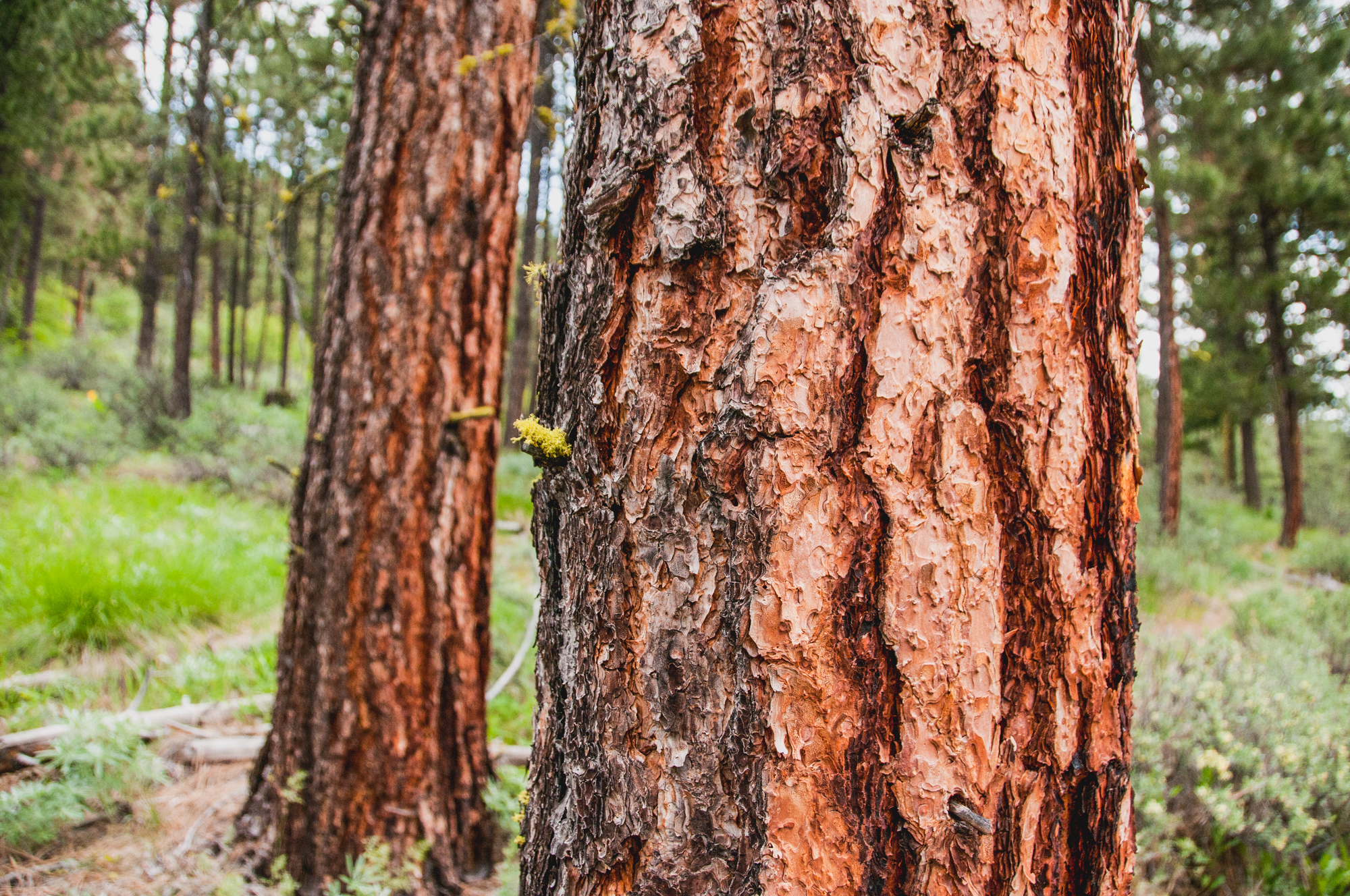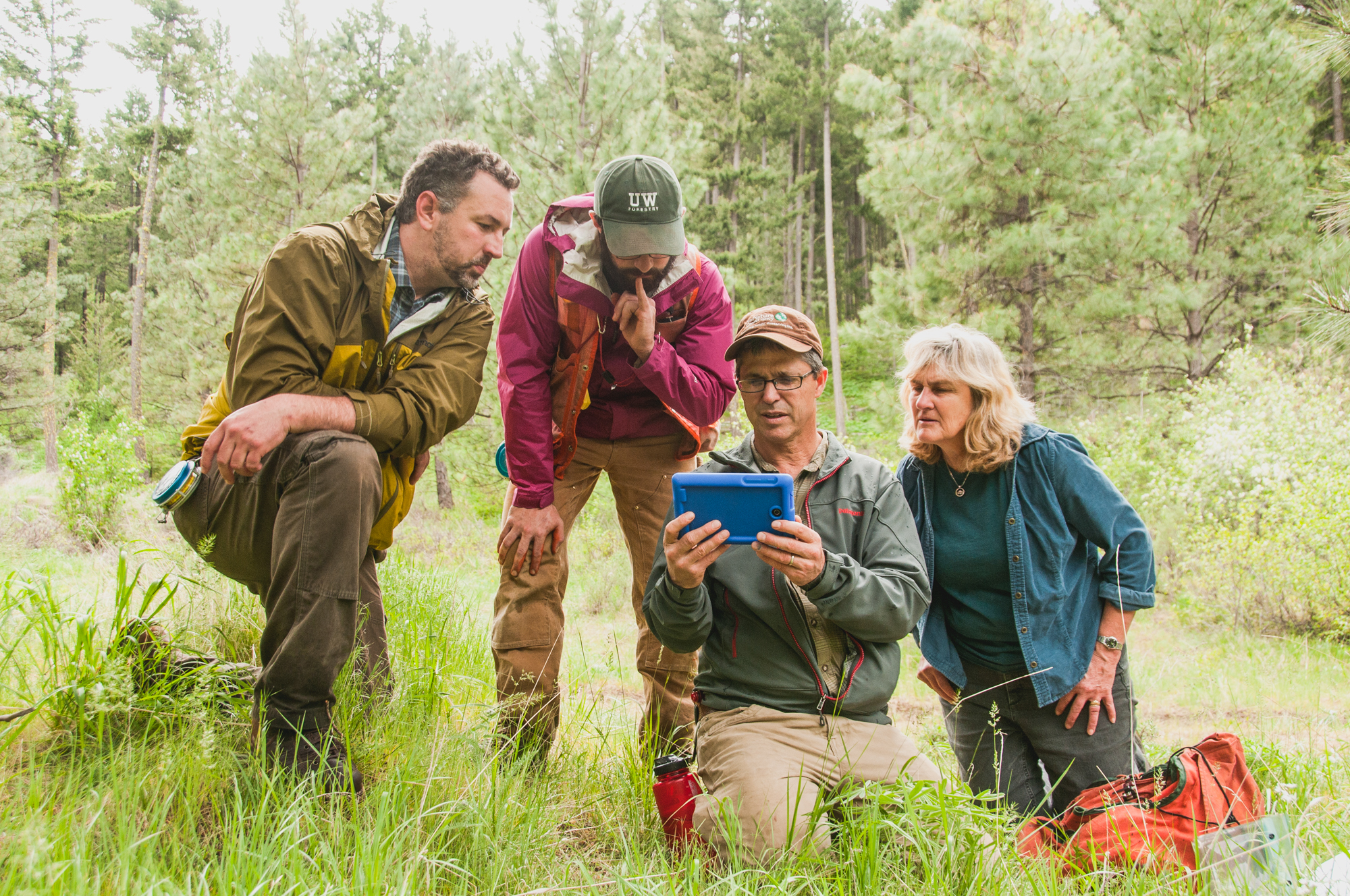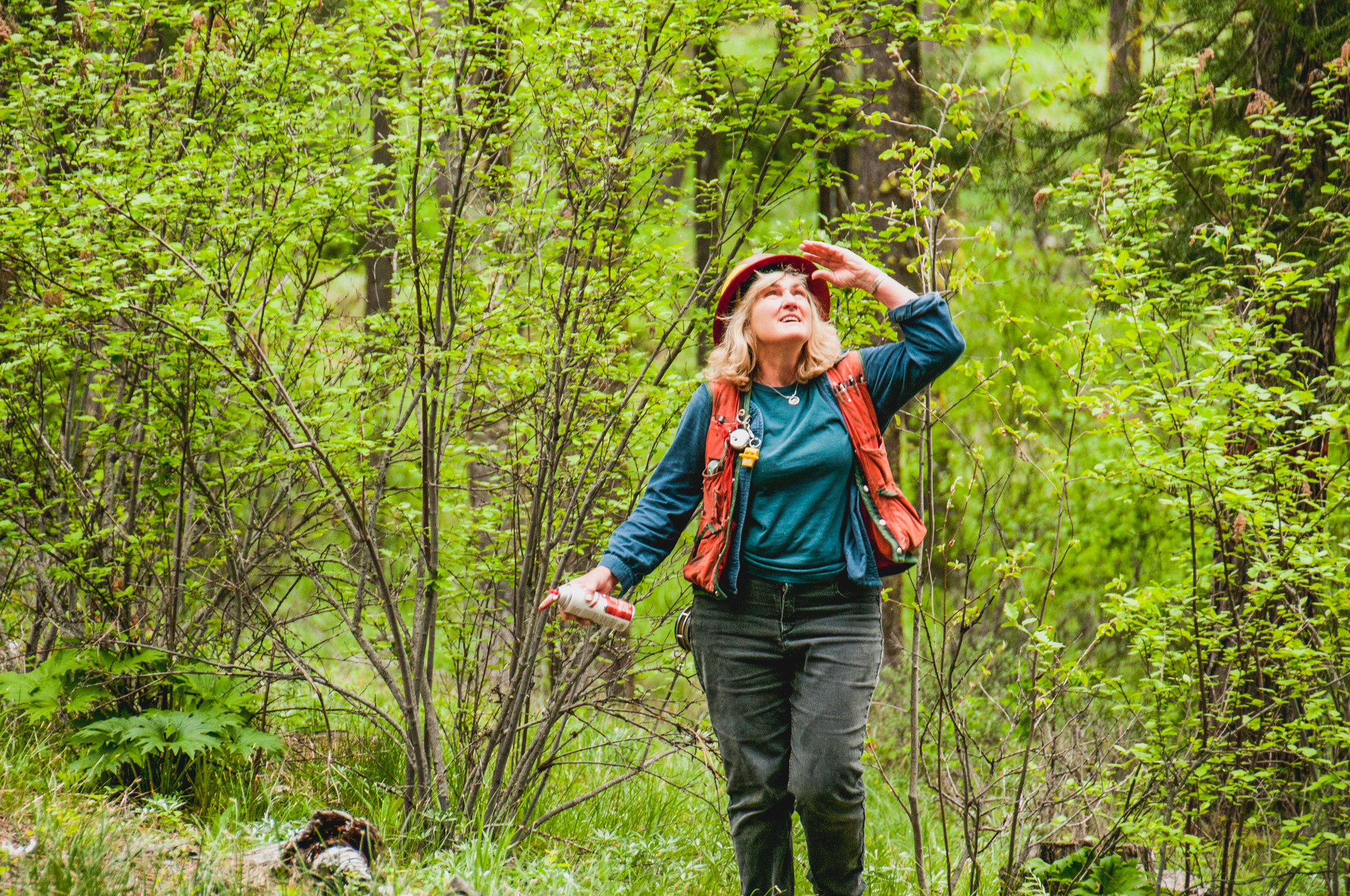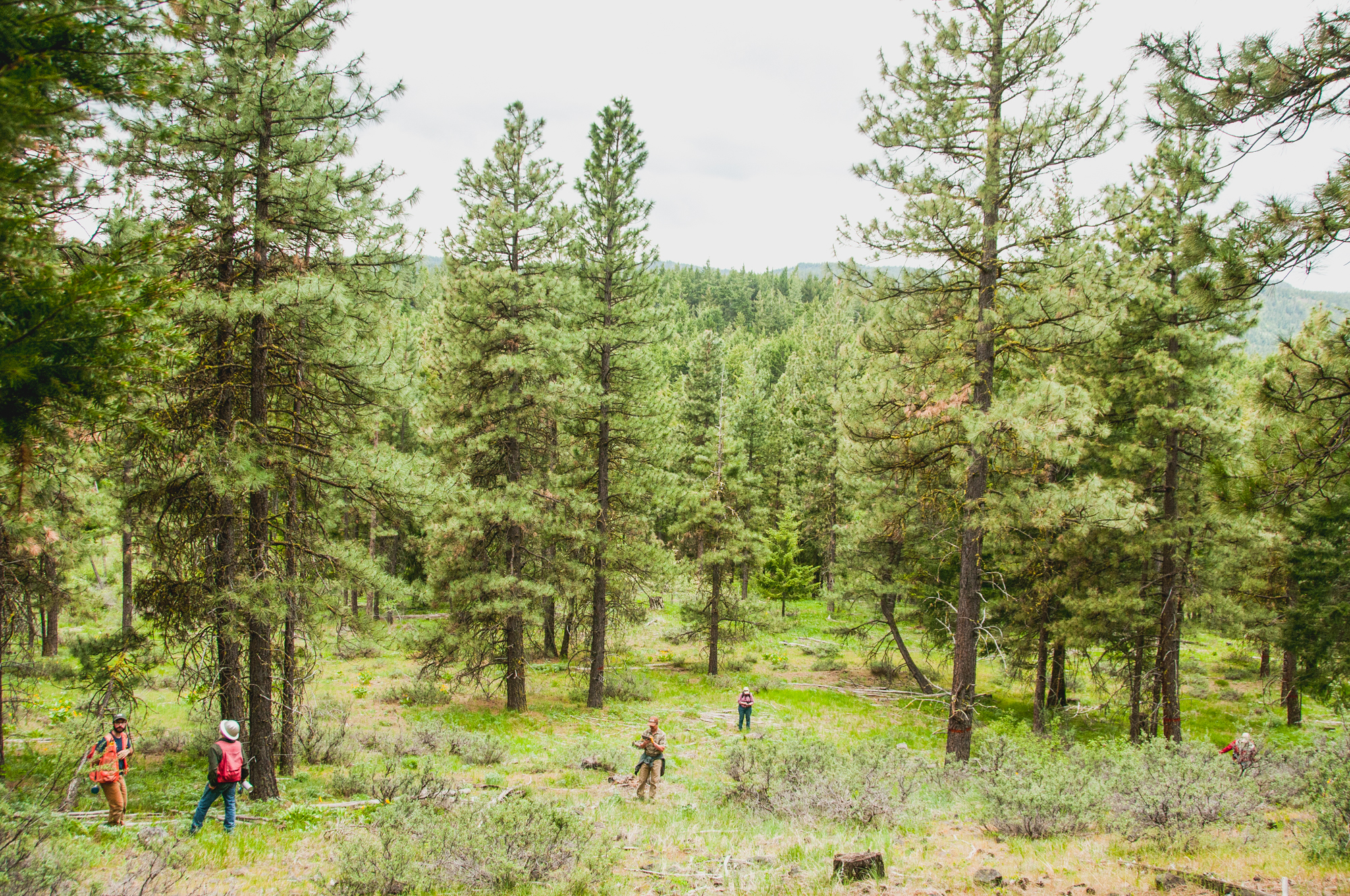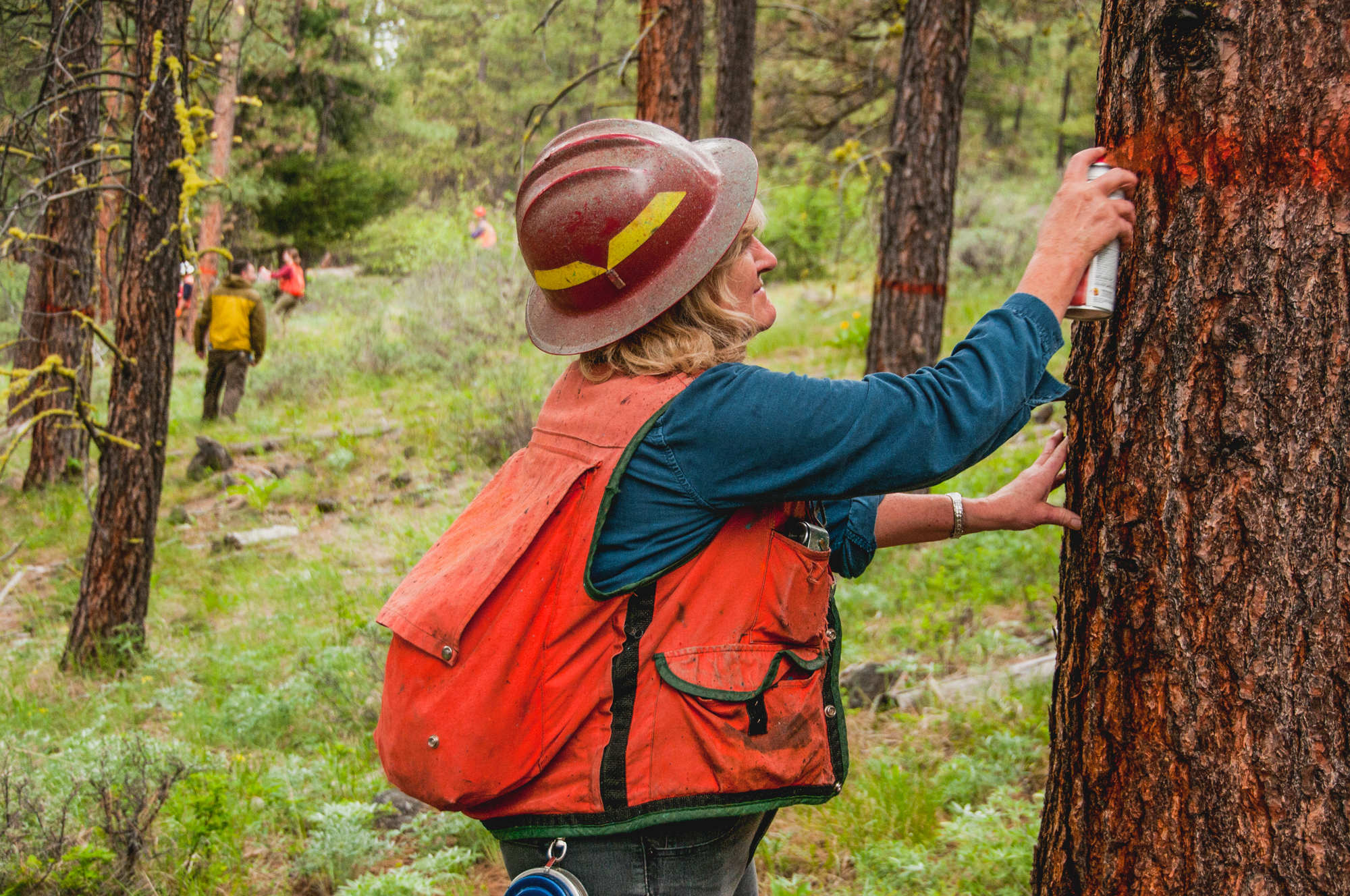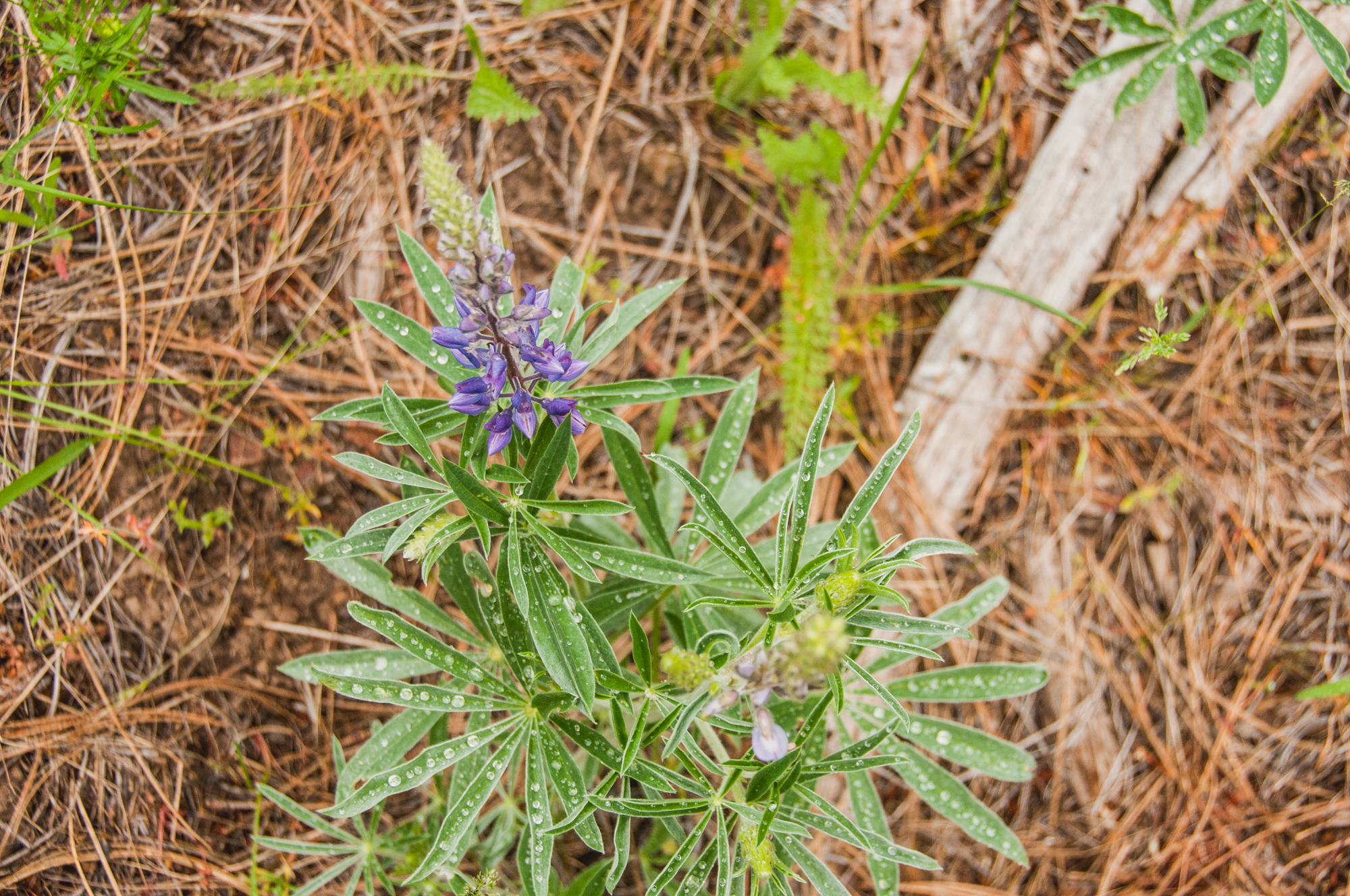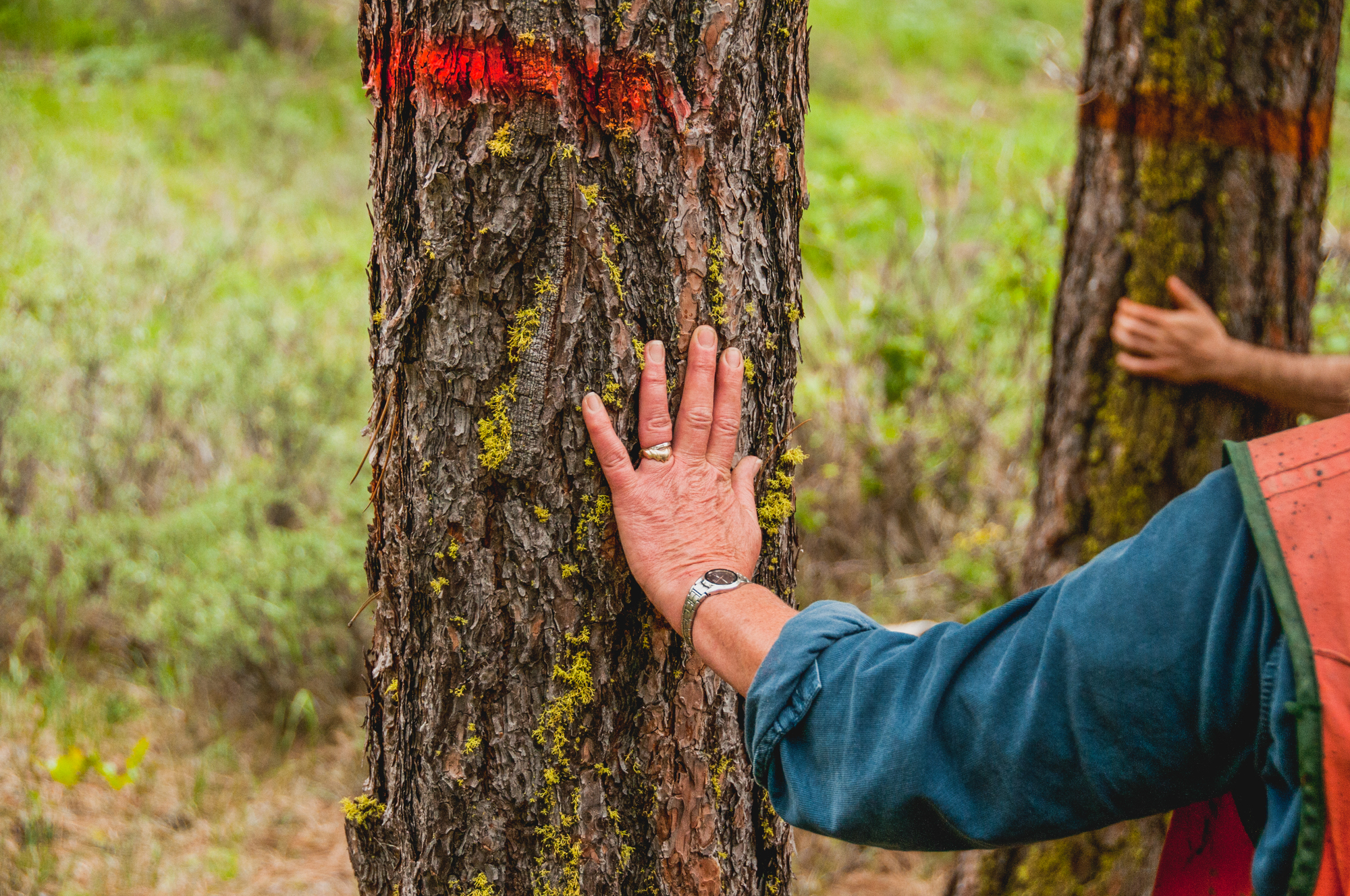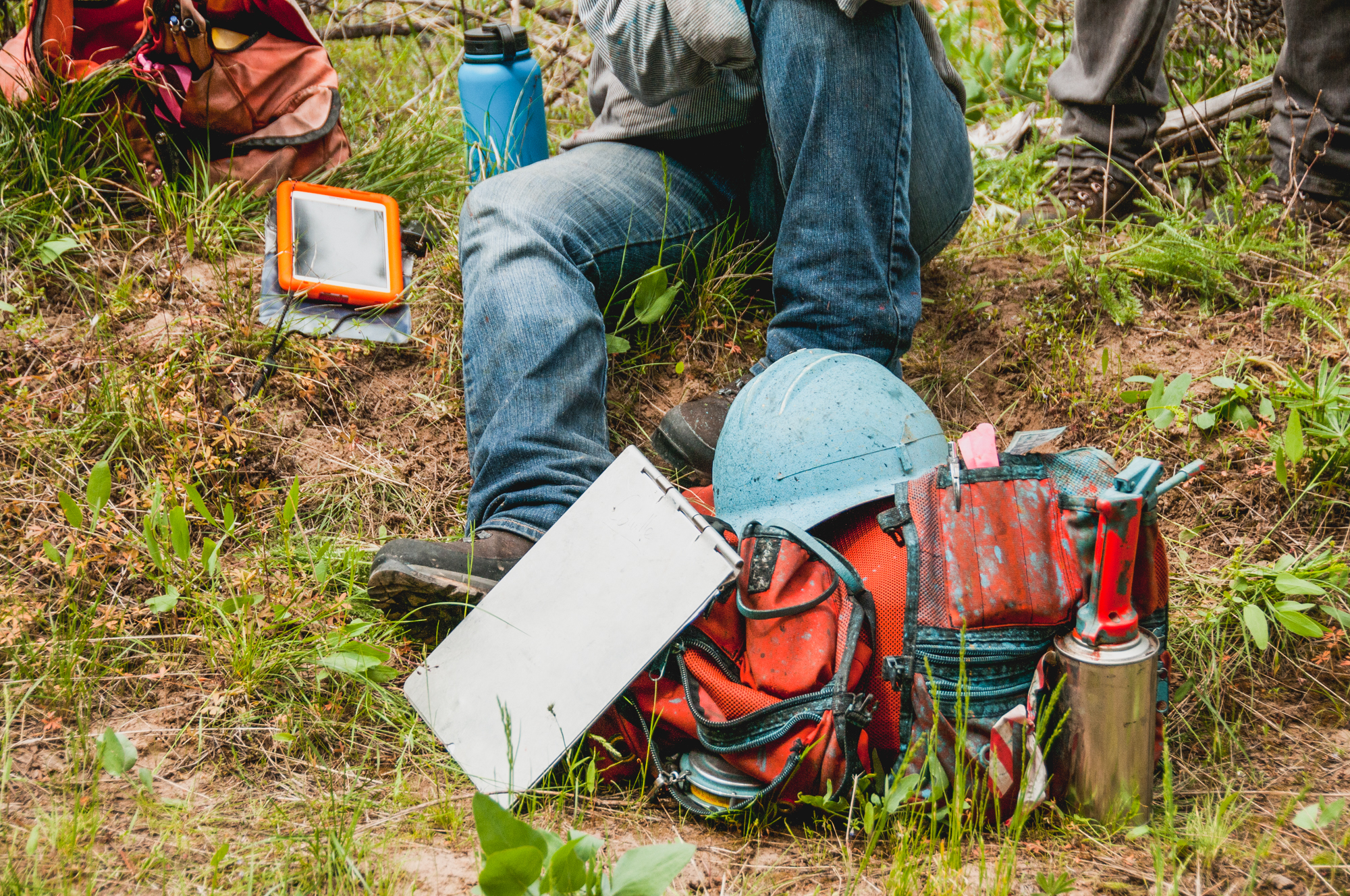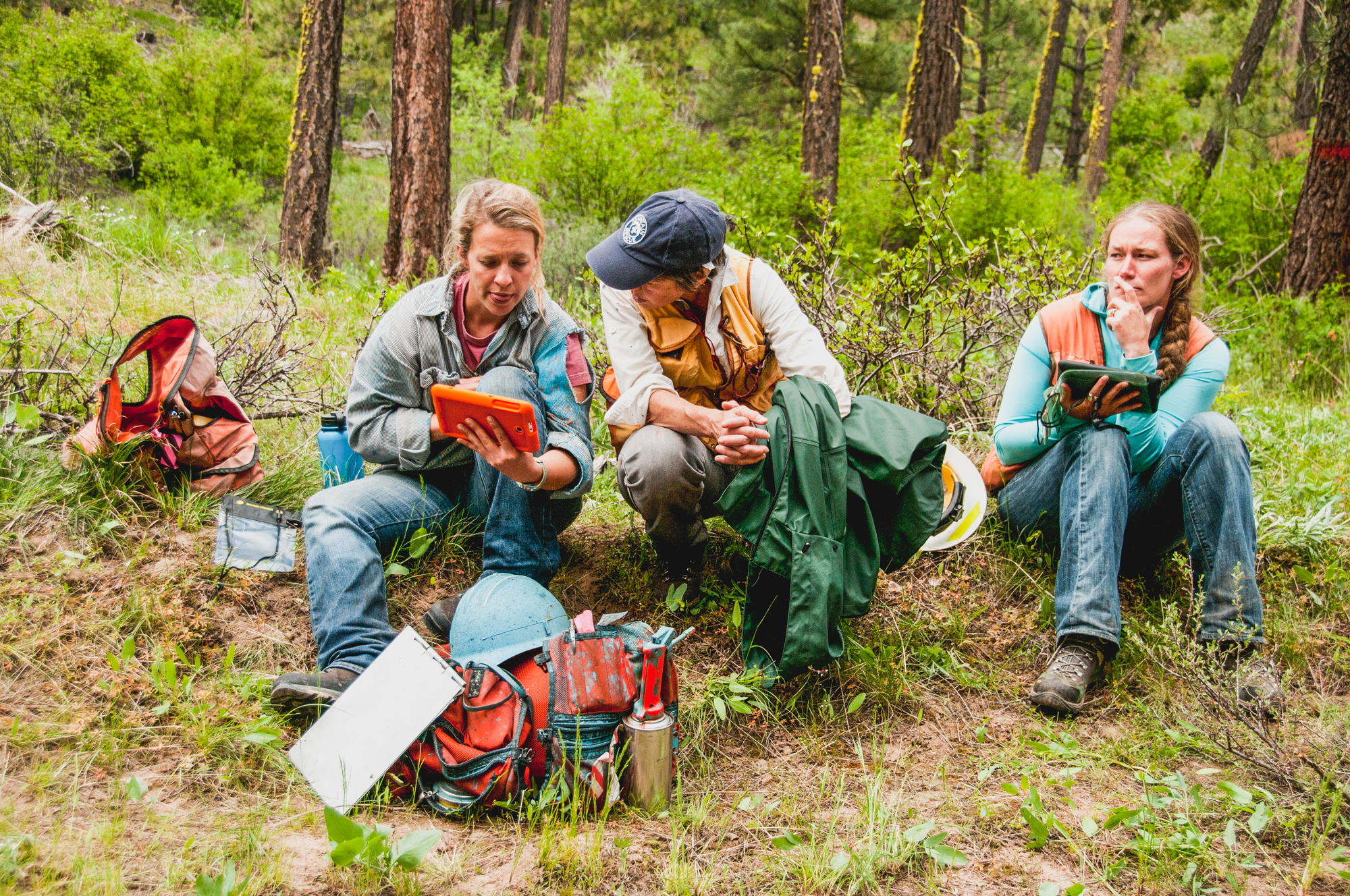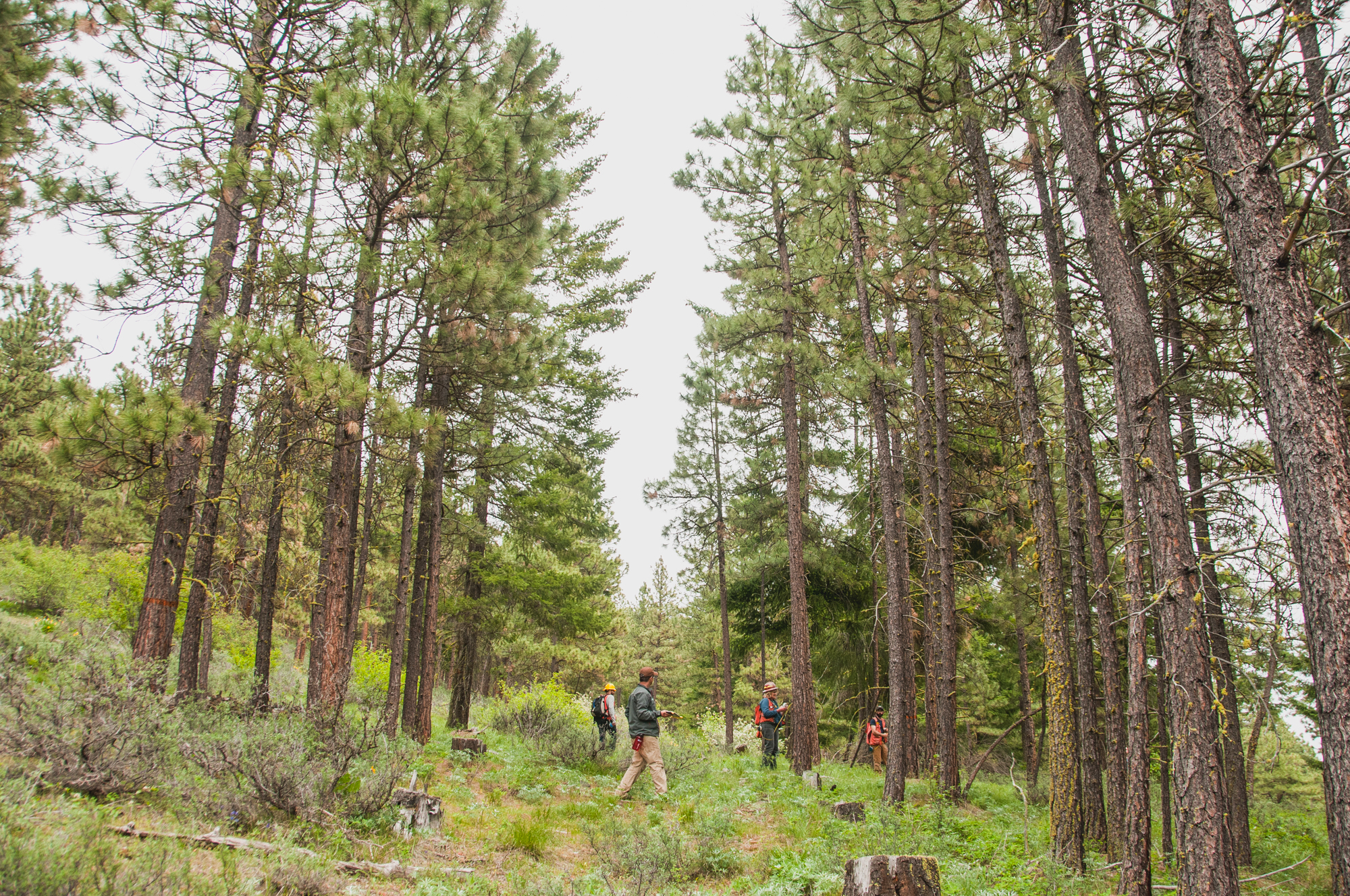Cassie Lumbrazo, a Ph.D. student from the University of Washington, is dedicated to understanding the relationship between forests and snow. Together with an interdisciplinary research team and support from the Washington Department of Natural Resources and the Nature Conservancy, Cassie investigates forest-snow processes near Cle Elum Ridge.
TNC & UW Scientist Dr. Phillip Levin to Lead First National Nature Assessment
Phil Levin, Noted Conservation Scientist Joins Nature Conservancy, University of Washington
SEATTLE, WA — Conservation scientist Phillip Levin is stepping into a newly created joint position as the Lead Scientist for The Nature Conservancy in Washington and Professor of Practice in the University of Washington’s College of The Environment.
Levin says he is looking forward to tackling the big challenges and scientific questions facing us in the region by bringing together the practical work of a conservation organization working locally and globally, the knowledge and research capacity of a major university and the science, technology and innovation leaders in the region.
“I love the phrase ‘professor of practice,’ ” he said. “We’ll have the opportunity not only to answer very specific questions about how best to achieve conservation outcomes, but also discover new questions and bring them forward.”
“The Nature Conservancy has always used science as a foundation for our work,” said Mike Stevens, the Conservancy’s Washington State Director. “What Phil brings us in this new position is a clear ability and focus on how to deploy science and people to solve really the big challenges that are facing us today.”
“UW and the Conservancy have a history of working together,” said Dr. Lisa Graumlich, Dean of the UW’s College of the Environment and Mary Laird Wood Professor. “This new position takes our collaboration to a higher level by fully uniting our considerable research expertise with the Conservancy’s leadership in conservation on-the-ground. If we want to make sure our research has a positive impact on environmental challenges, it needs to reach the right people. Phil is the best person to lead the way: He has a long, successful career based on building teams of people from many disciplines who create better resource management plans by working together. We’re extremely excited for our students to learn from his years of experience.”
Levin will work in the School of Environmental and Forest Sciences and Center for Creative Conservation within the College of The Environment.
Read a Q&A with Levin here
Levin comes to UW and the Conservancy from the NOAA Fisheries Science Center in Seattle where he was Senior Scientist and Director of the Conservation Biology Division.
Levin has received the Department of Commerce Silver Award and NOAA’s Bronze Medal for his work on marine ecosystems, and the Seattle Aquarium’s Conservation Research Award for his work in Puget Sound
He has published over 150 scientific papers in peer-reviewed journals, book chapters and technical reports, and his work has been featured in such news outlets as NPR, PBS, the BBC, MSBNC, The Economist, among others. His research into Puget Sound’s sixgill sharks was recently featured on “Wildlife Detectives: Mystery Sharks of Seattle” on KCTS-9.
Levin is an editor of the scientific journal, Conservation Letters, recently served as President of the Western Society of Naturalists, and has served on numerous editorial boards and scientific advisory panels.
He received his Ph.D. in zoology from the University of New Hampshire in 1993 and was a postdoctoral fellow at the University of North Carolina.
A New Way, A New Forest
Written by Robin Stanton, Media Relations Manager
Photographed by Hannah Letinich, Volunteer Photographer
Some 25 foresters from a variety of agencies hiked up into the sun-filled forest of the LT Murray Wildlife Area on a May morning to practice a new way of evaluating tree stands and selecting trees for ecological restoration thinning.
The workshop, led by University of Washington research scientist Derek Churchhill who developed the method, was organized by our own senior forest ecologist Ryan Haugo.
LISTEN TO THE DAY FROM NORTHWEST PUBLIC RADIO
It brought together foresters from the U.S. Forest Service, the Washington Department of Fish and Wildlife, Washington State Parks, Department o fNatural Resources, and The Nature Conservancy to learn this new way of ecological restoration. The method, called ICO, for Individuals, Clumps and Openings, is designed with the goal of creating a mosaic pattern in the forest to make it more like historic conditions.
This all part of the preparation for a 100,000-acre restoration project in the region to be carried out by the Tapash Sustainable Forests Collaborative, of which the Conservancy is a partner.








